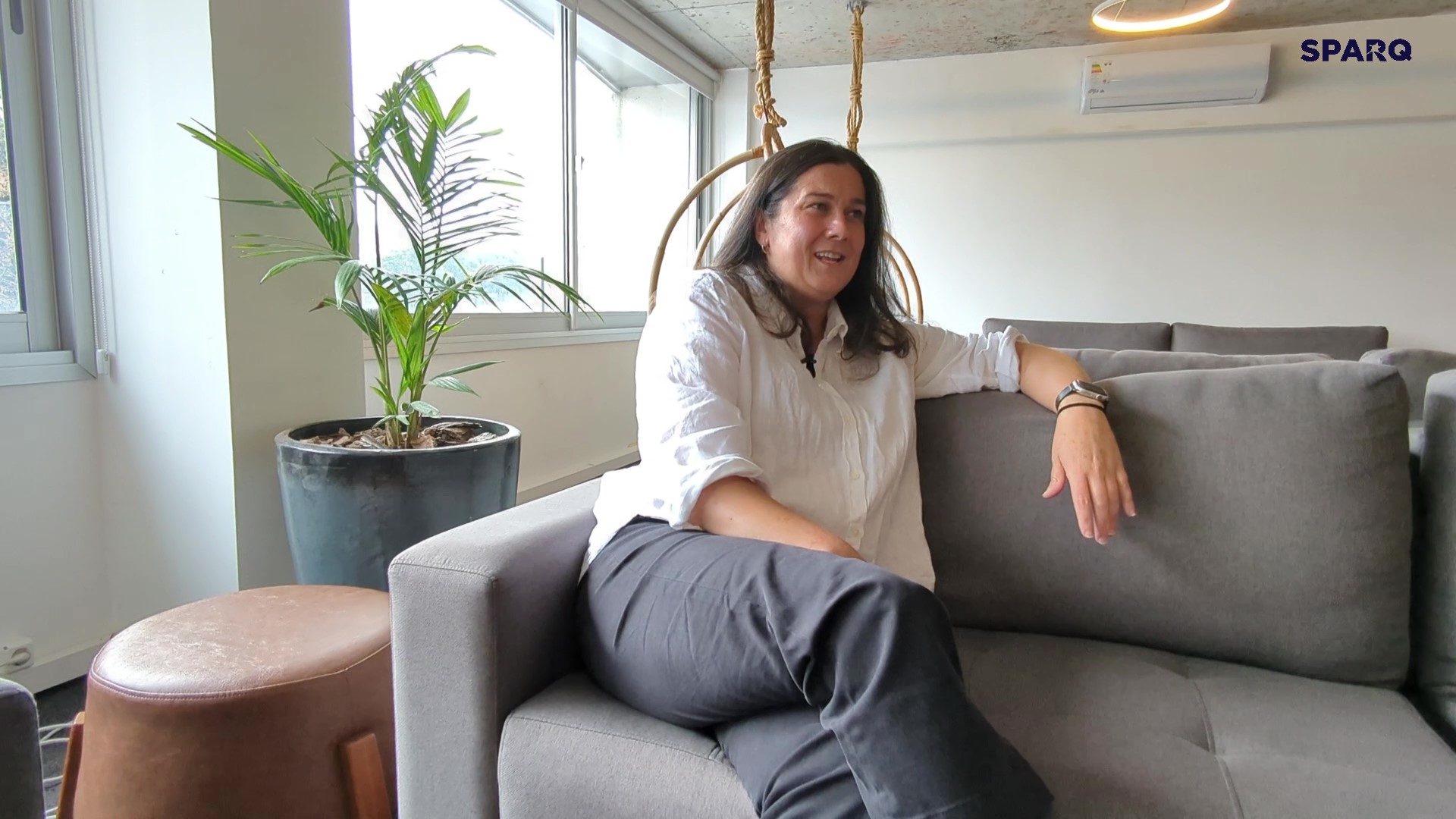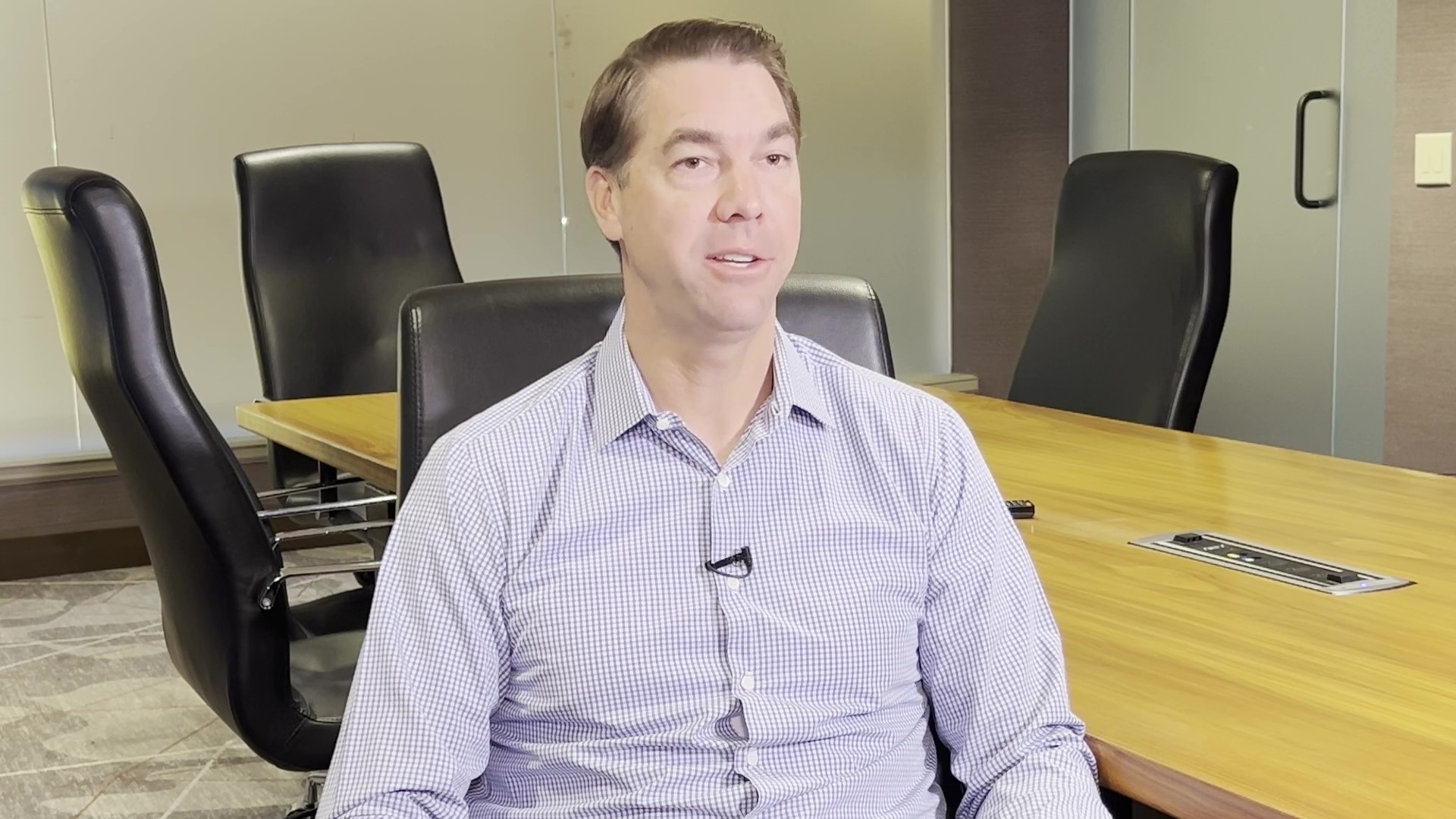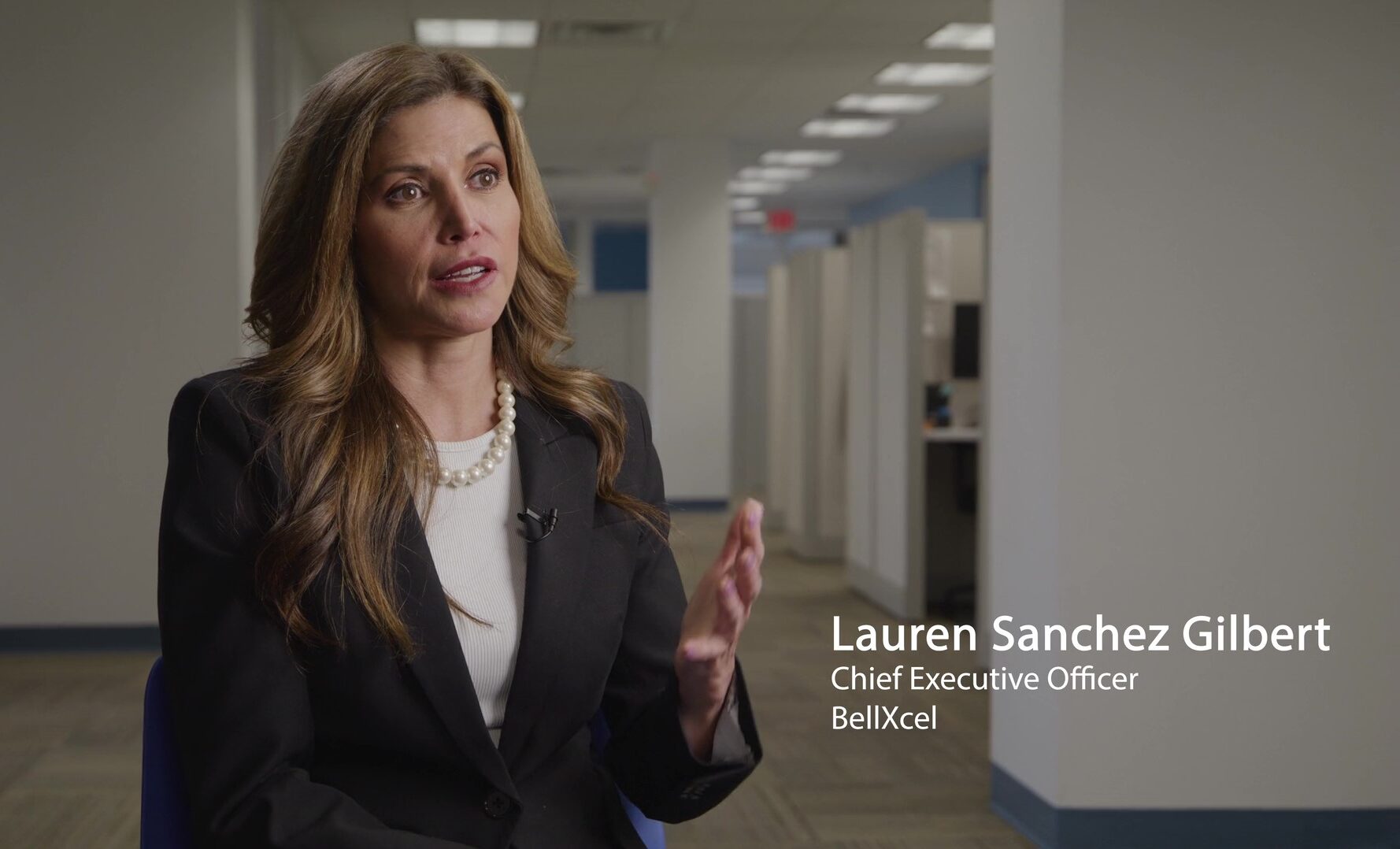In order to create a strategic product that meets your user’s needs, developing personas can be a powerful tool to help you understand them. In this Tech in 2, Senior Consultant Marcelle Carlson walks you through how to develop personas in your organization.
Personas are a basic foundational design and product strategy tool. You really need to understand who your user is in order to create a strategic product that will be able to meet your user’s needs. So typically, you create a persona by doing a lot of user interviews and research upfront. You look at the patterns and behaviors of your users and then create this fictional character from that information.
If you do not have a specific person dedicated to creating a persona, I love to create proto-personas. It’s basically creating a persona with the entire team’s input and their understanding of who the user is. Today, you don’t do any additional research. You basically get everyone in the room, take 60 to 90 minutes, and throw out all your ideas of who this user is.
Proto-personas, you’re not doing all of that upfront research, but the great thing about what you’re doing is that, in addition to getting the team into alignment, once you go into doing user interviews, once you’re doing usability studies with those users, you’re able to look back at that proto-persona and update it as you go. So you’re always going back and validating, and you’re making sure it changes as you learn more. Proto-personas work really well in the context of agile development because you are learning as the team learns, and you’re adding to that proto-persona and moving it forward.
If you don’t have a proto-persona or a persona, you could start designing for yourself, which even the best designers do it. You can also start designing specifically for what the client thinks or what another person associated with the project thinks. When it’s really about the user, it’s really designing. You really want to build and design products that meet their needs and their pain points.

zSpace Client Showcase
zSpace is a tech company that provides immersive learning experiences using virtual and augmented reality. In this client showcase, Jill Donnelly, Director of Strategic Initiatives at zSpace, discusses why they chose to work with Sparq (after interviewing over 20 potential partners!) and how invaluable our "team perspective" has been to their organization.

AI in UX
For Principal Consultant and UX Design Lead Joe Dallacqua, how to utilize AI in UX is a conversation he’s having every day. In this Tech in 2, Joe shares three ways he’s seeing AI help UX designers become not only more efficient, but more creative as well.

Personalization in Insurance
With so much data at their fingertips, insurers have an exciting opportunity to create a more personalized customer experience. In this Tech in 2, Client Partner John Suminski discusses how when data and the right technologies come together, this synergy can create highly personalized products and pricing.

BellXcel Client Showcase
BellXcel is a nationally-recognized nonprofit that empowers youth program providers with innovative solutions, services and resources that create meaningful impact. Learn how we partnered to build key functionality for the Arly platform, which has successfully reached over 100,000 scholars.
